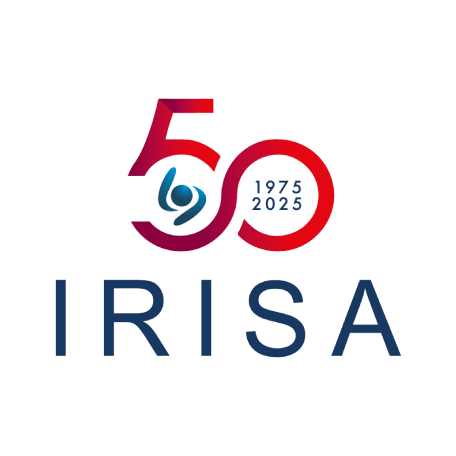

Archaeological remains are fragile witnesses that need to be analysed, interpreted and preserved.
Imagine being able to excavate them without opening them...
In 2017, major advances in the study of ancient Egyptian animal mummies emerged, opening up new perspectives on the history and culture of this civilisation. An in-depth study in Manchester of 800 Egyptian animal mummies revealed that a third of them were empty. The Musée des Beaux-Arts in Rennes, which owns a 2,500-year-old cat mummy that has been carefully preserved since 1923, is now wondering what it contains. Is it empty? Or what does it contain?
How can the contents of an archaeological find be analysed without opening it up and damaging it?
The Musée des Beaux-Arts in Rennes decided to entrust the 2,500-year-old mummy, carefully preserved in its collections, to scientists to analyse its contents.
An innovative research collaboration* was set up, with Valérie Gouranton, associate professor at INSA Rennes and a member of the Hybrid team, being one of the project leaders, combining CT scanning and 3D visualisation technologies such as virtual reality, tangible interactions and 3D printing.
CT scanning systematically records the densities of materials, enabling 3D reconstruction of archaeological objects. Using a CT scanner, the researchers identified the contents of the mummy. The result is a life-size 3D print of the mummy, which has been on display at the Musée des Beaux-Arts since 2019.
In 2023, a new stage was reached with the introduction of an immersive digital innovation to the museum. Using a virtual reality headset, visitors can now virtually view and manipulate the mummy, discovering the scientific process that revealed its hidden secrets.
This convergence of archaeology and digital imaging promises to make exceptional use of research work while offering an immersive experience of archaeological heritage. If you would like to find out more and understand the methodology behind this fascinating exploration, visit the Musée des Beaux-Arts in Rennes.
Read the article in Ouest France, with interviews with the project leader Valérie Gouranton, a teacher and researcher at INSA Rennes and member of the Hybrid team, and the cultural mediator at the Musée des Beaux-Arts.
Valérie Gouranton enseignante-chercheuse à l’INSA Rennes et membre de l'équipe de recherche Hybrid est la porteuse du projet
*Partenaires : Ronan Gaugne ingénieur Université de Rennes et Adrien Reuzeau ingénieur INSA de Rennes, membres de l’équipe Hybrid à l’IRISA, Trajectoires-Inrap, Polymorph, Orange, Musée des Beaux-Arts de Rennes. Projet lauréat de l'appel à projet Créativité croisée de Rennes Métropole.
